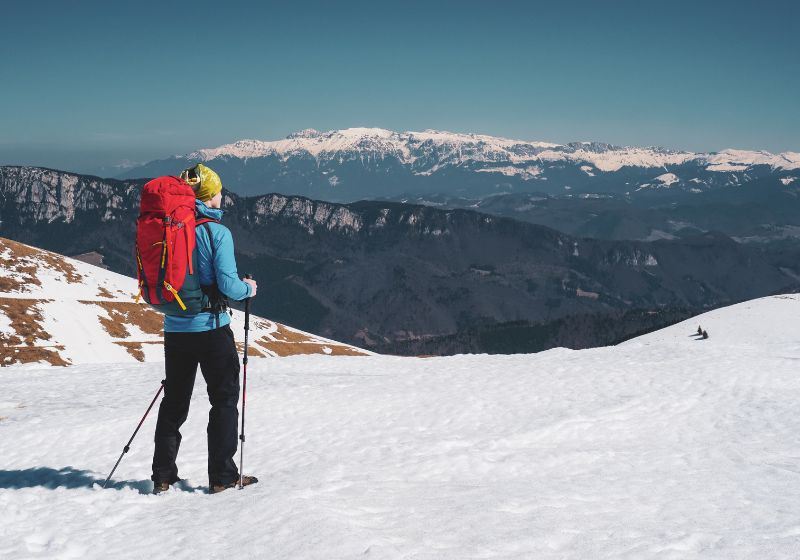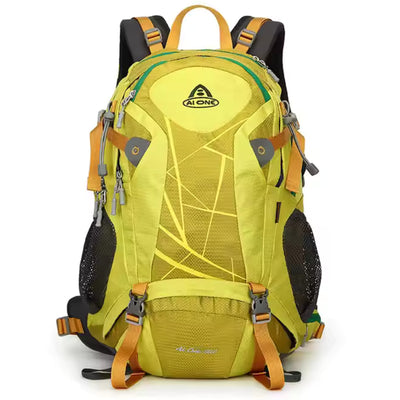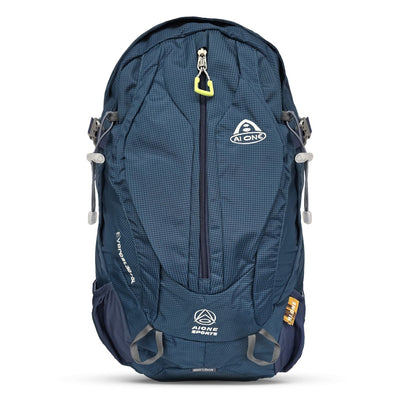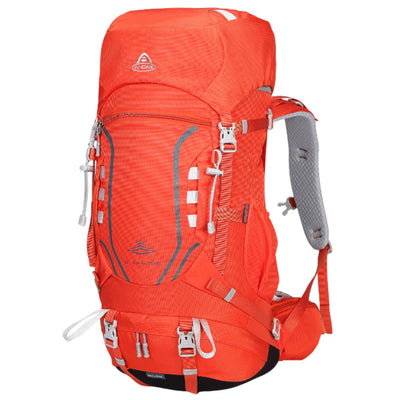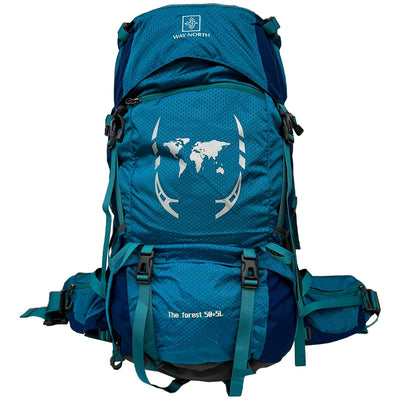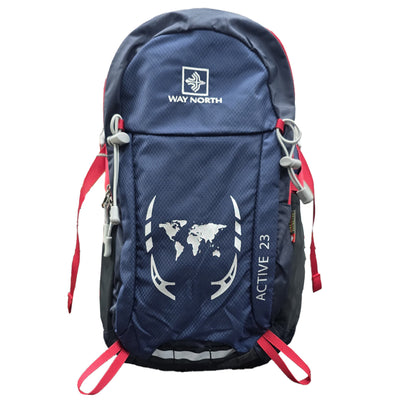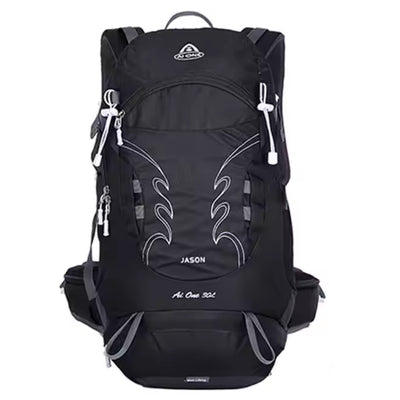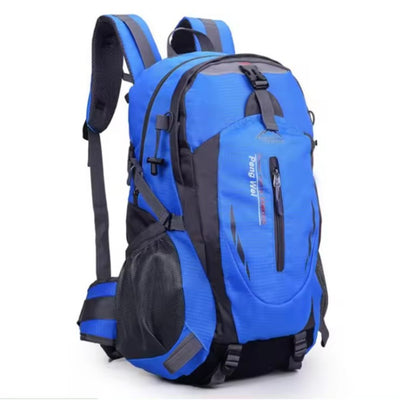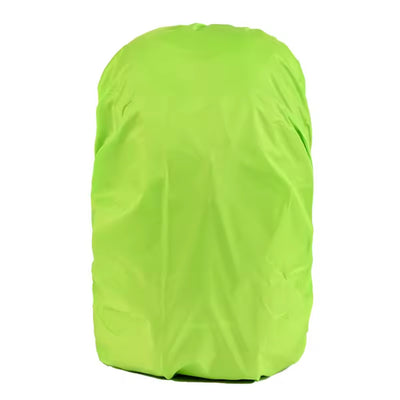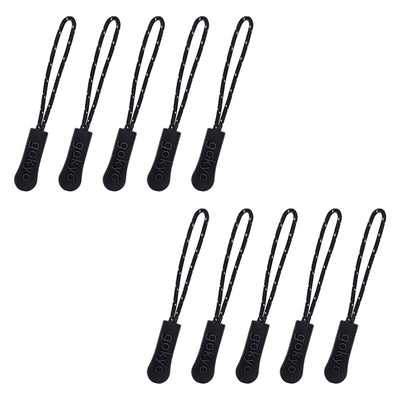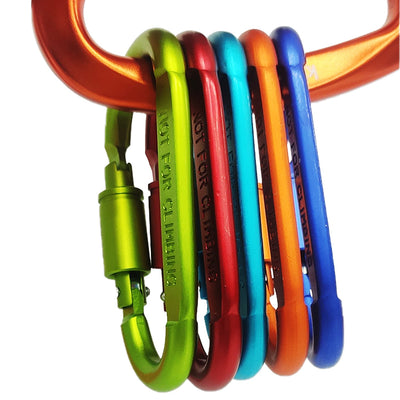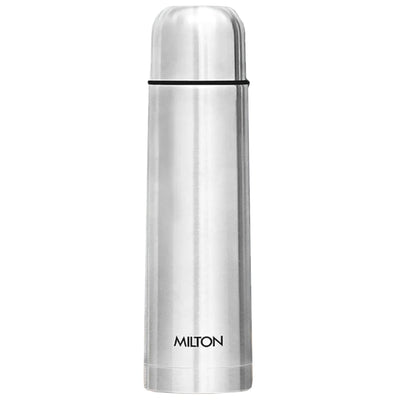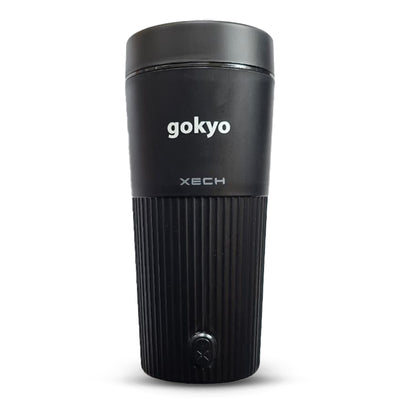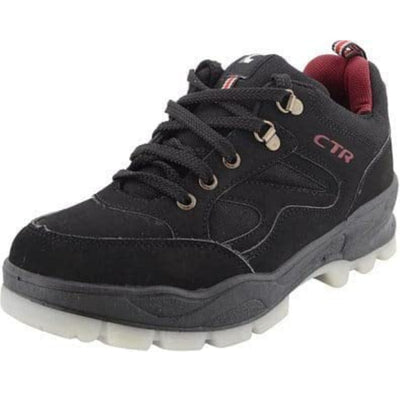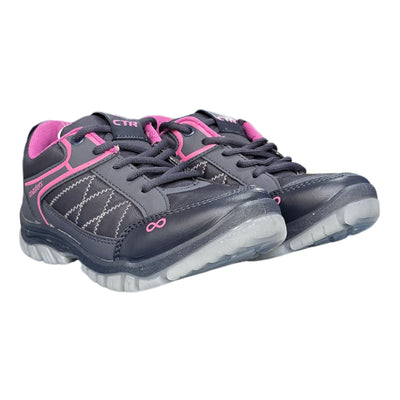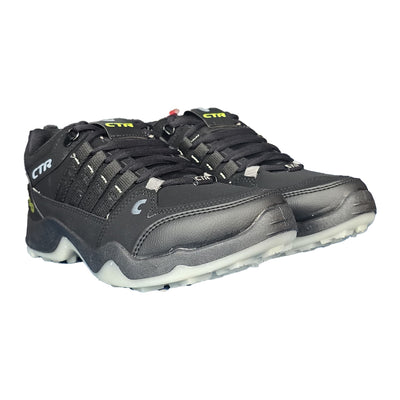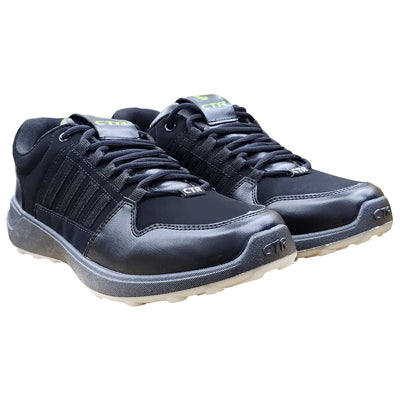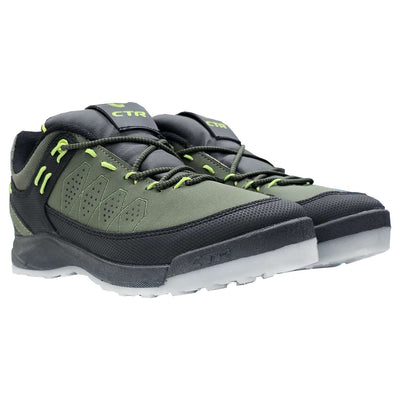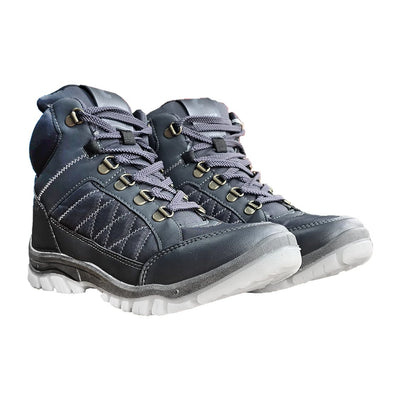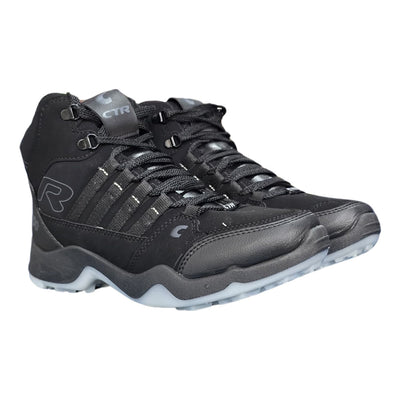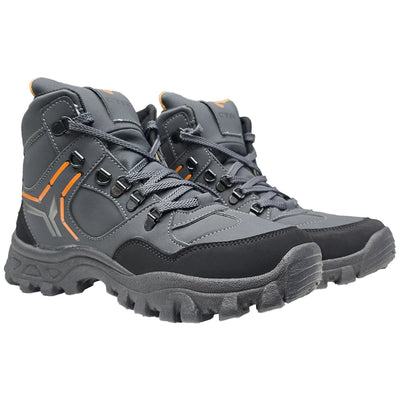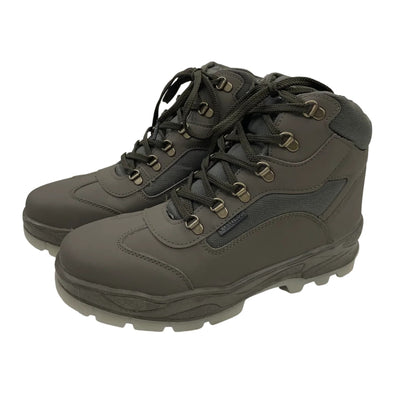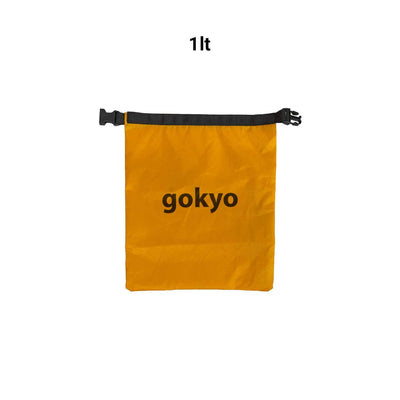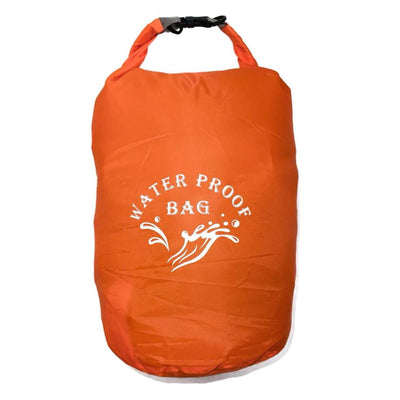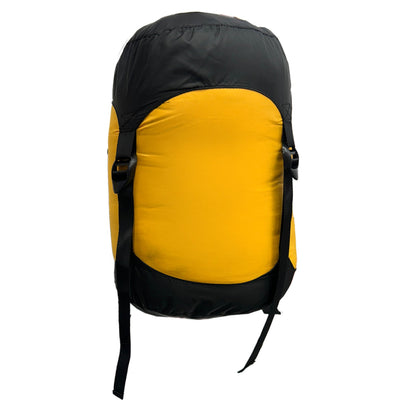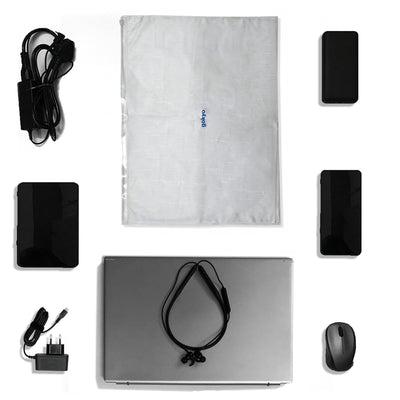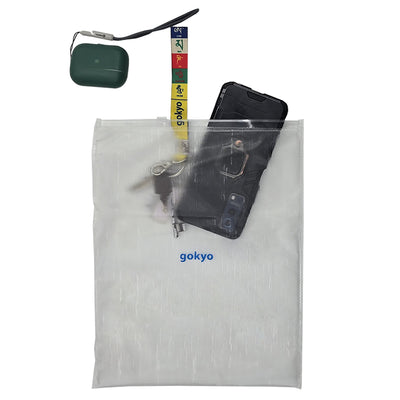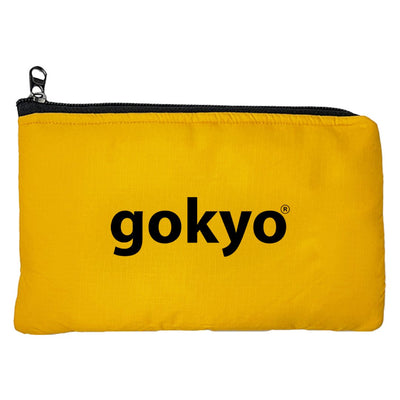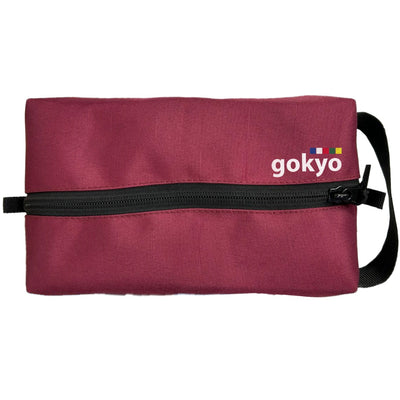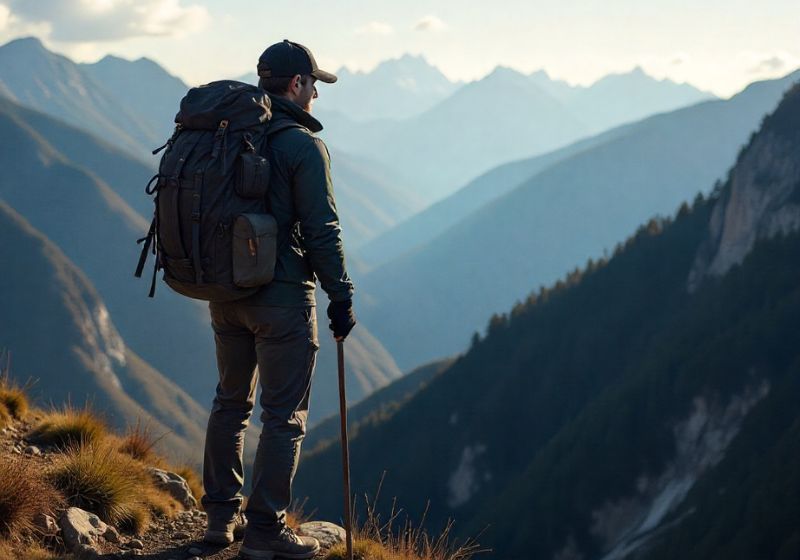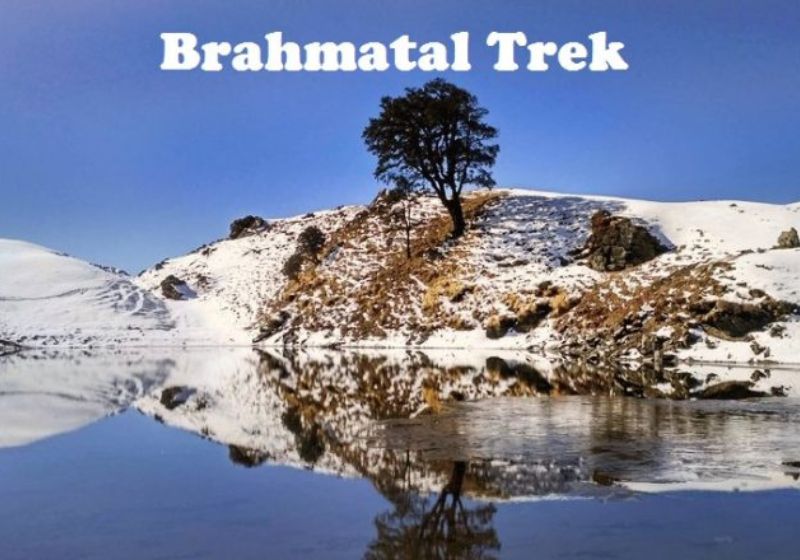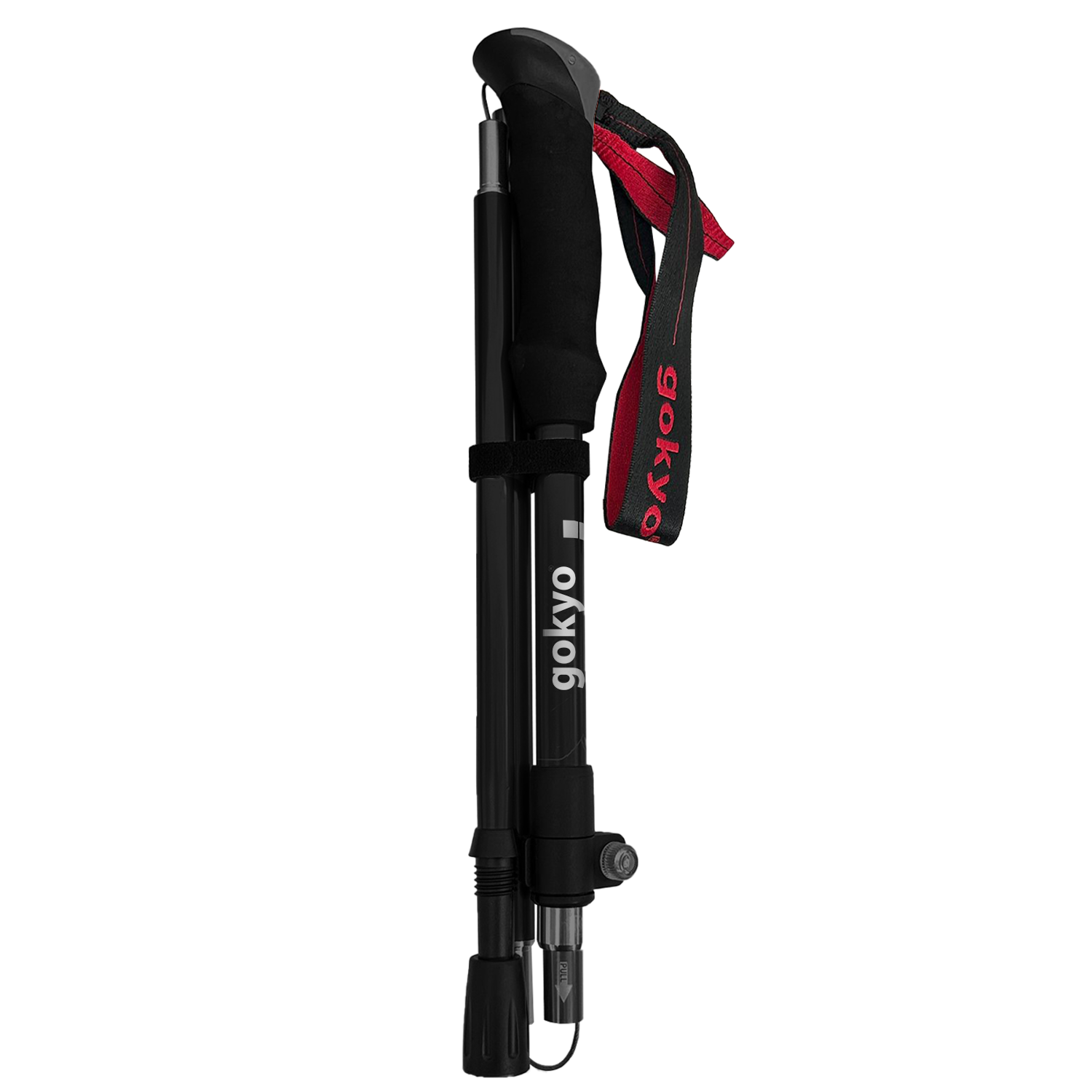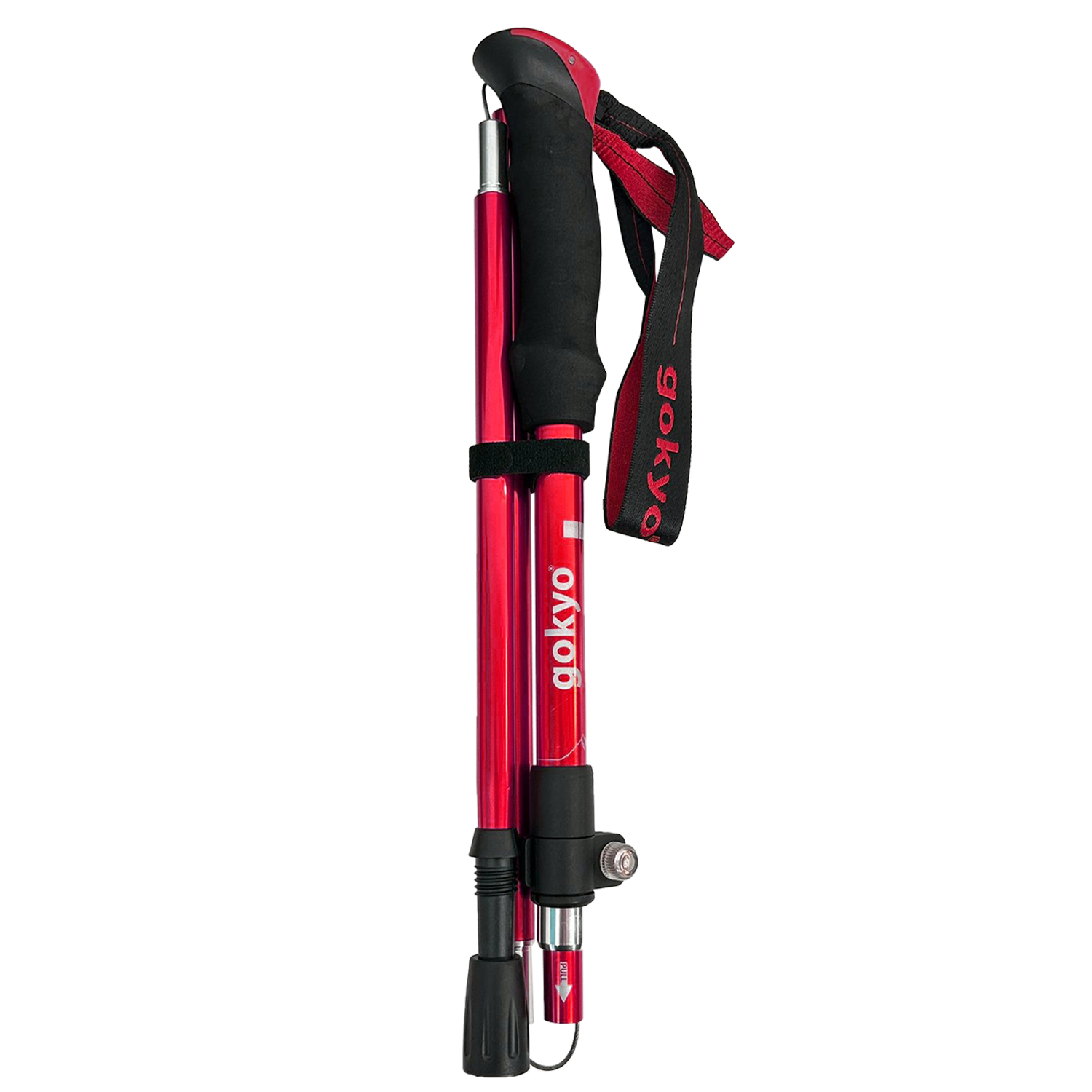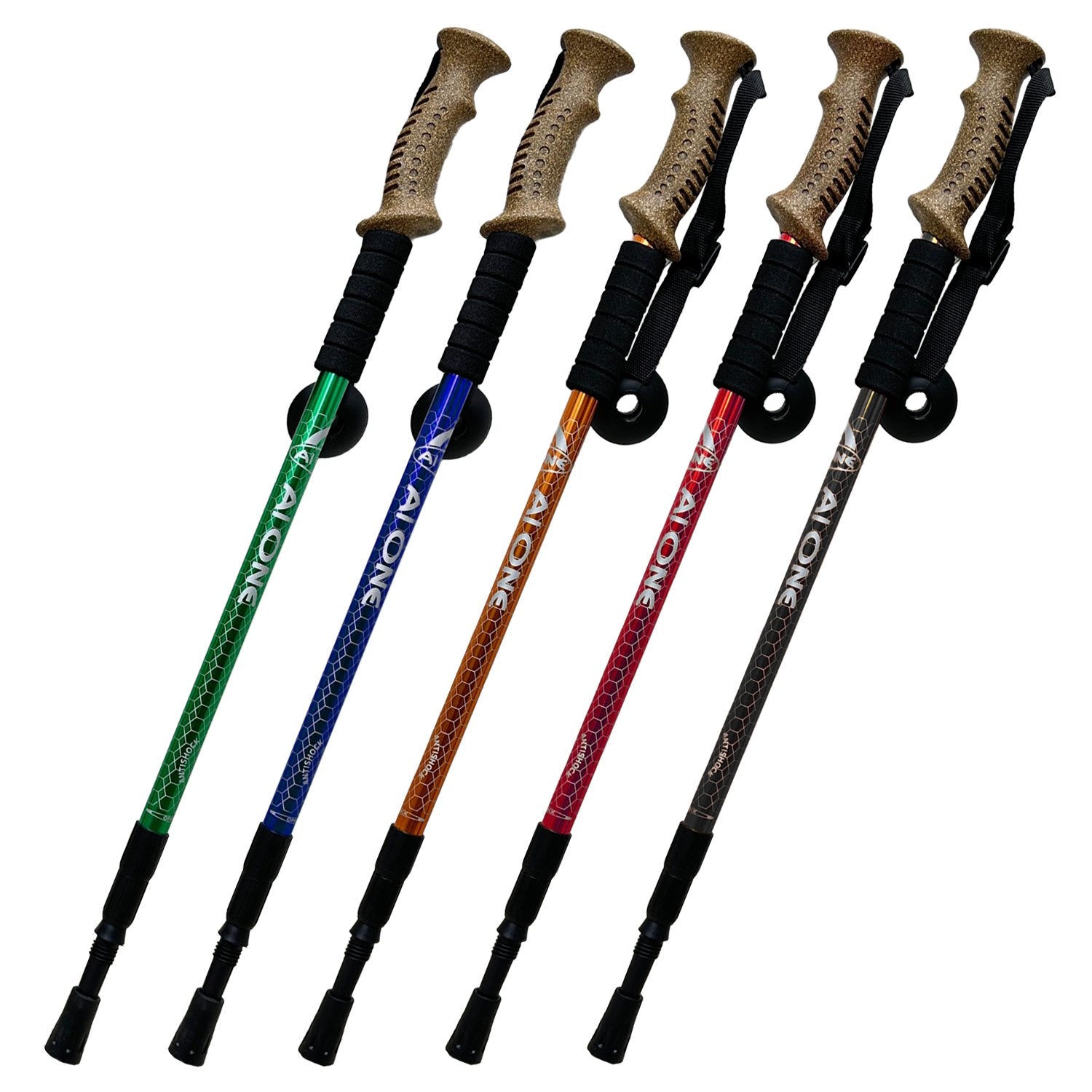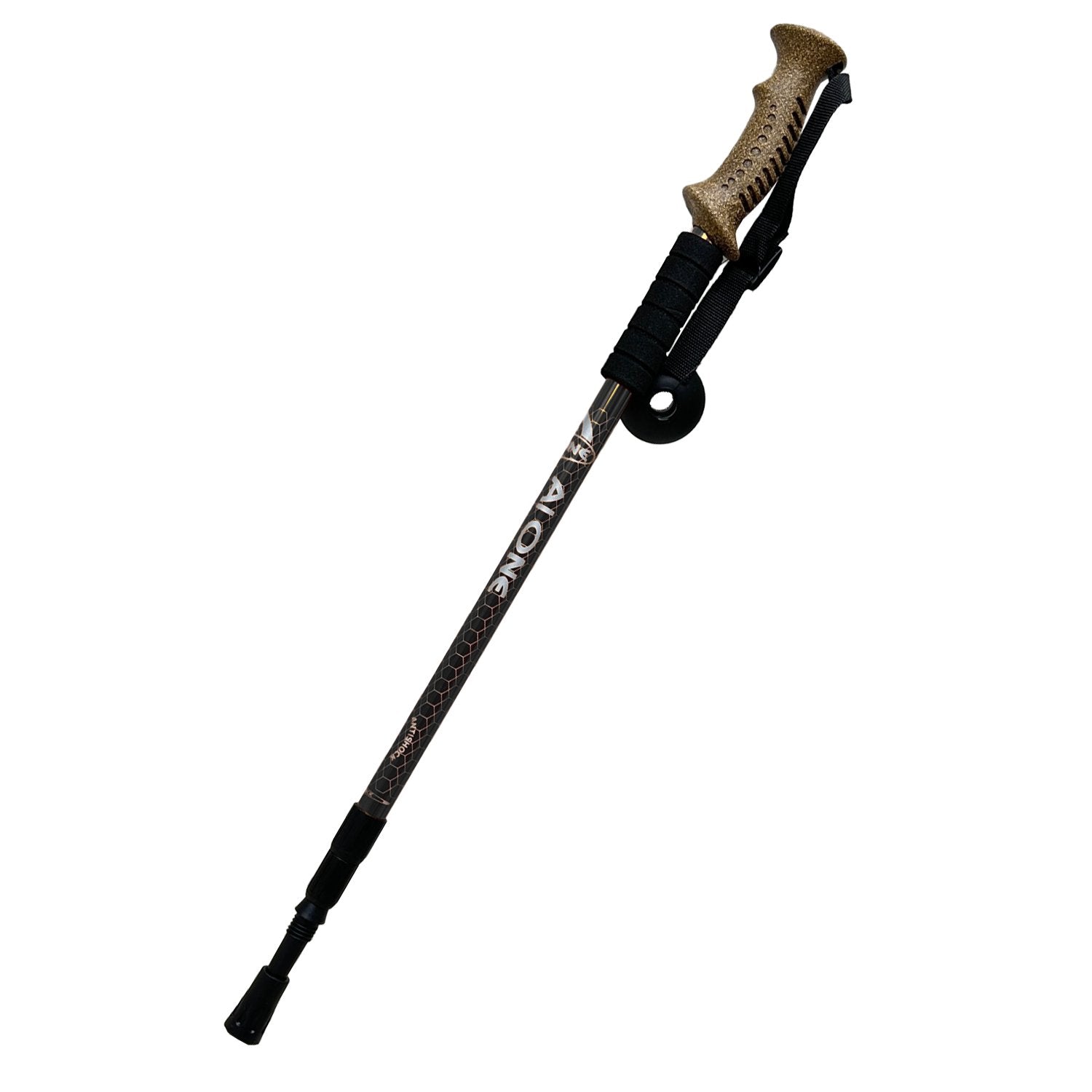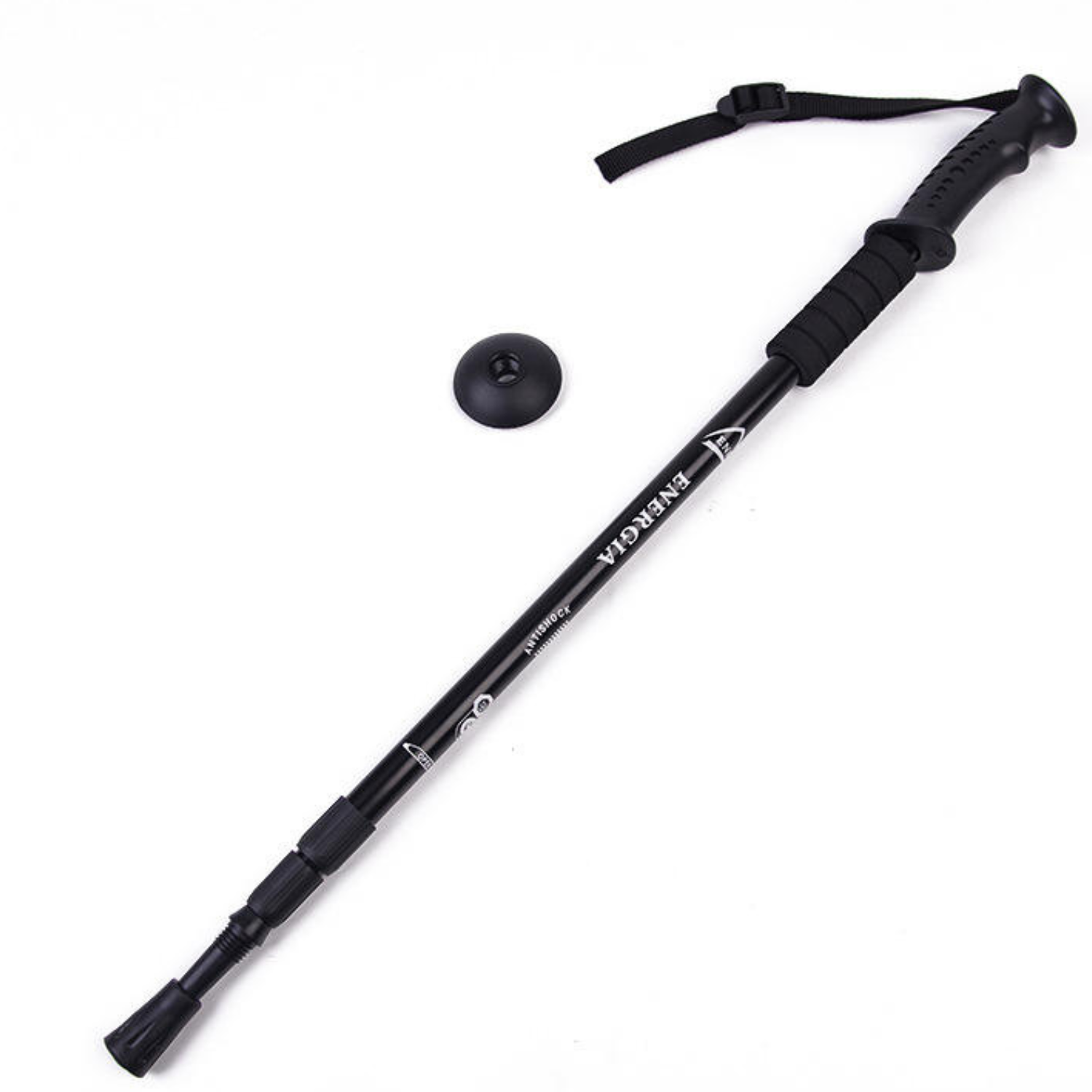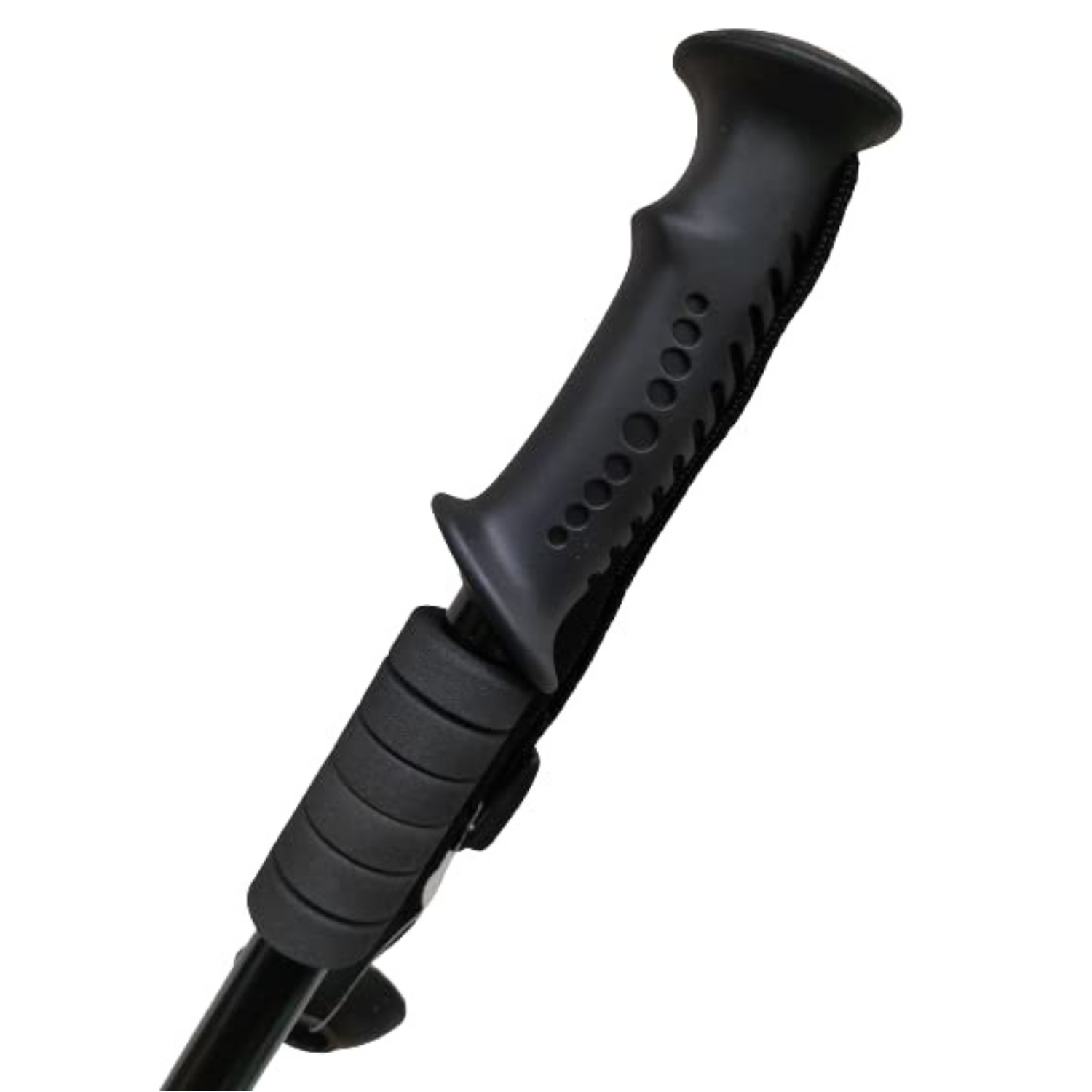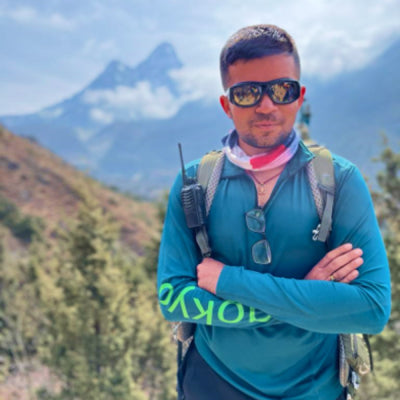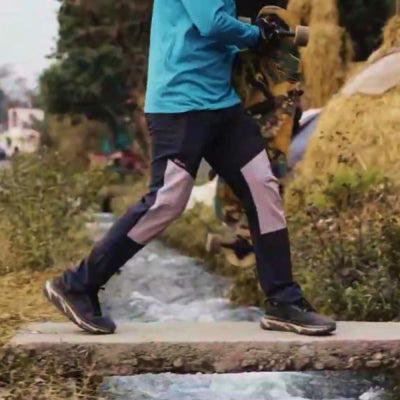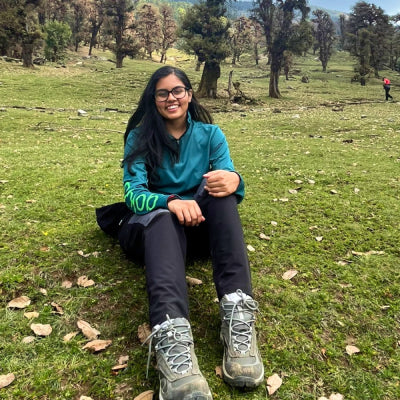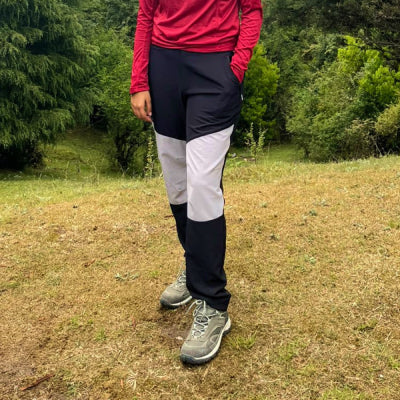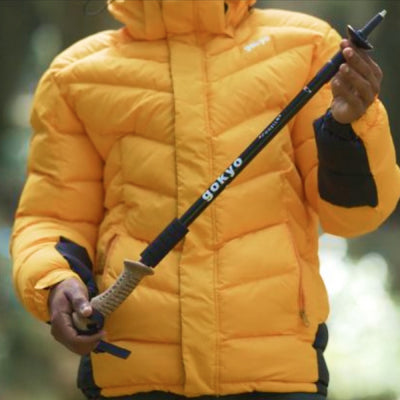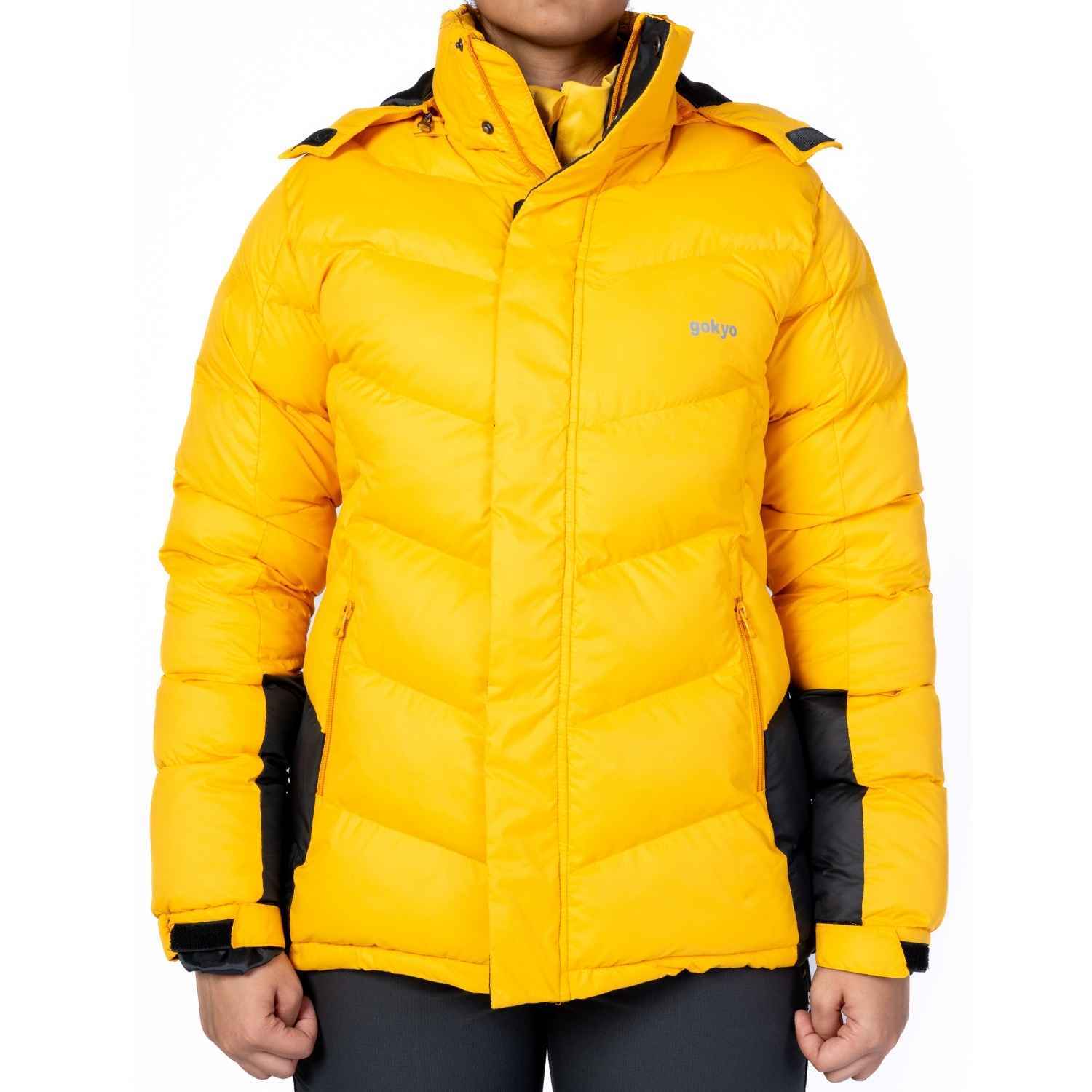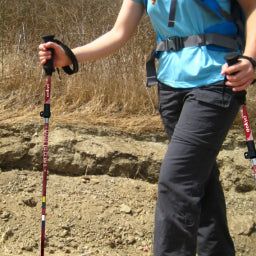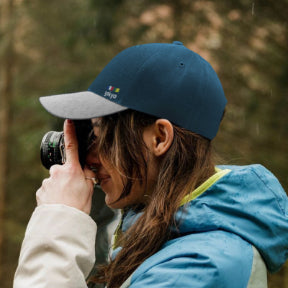Essential Trekking Poles for Snow Treks: Balancing Safety and Efficiency
There’s something surreal about walking through snow-clad mountains — the crunch under your boots, the cool wind brushing past, and that soft white silence wrapping everything in calm. But if you’ve ever done a winter trek, you already know — the beauty comes with a test. Every step can be unpredictable, every slope can hide ice, and even the most experienced trekker can stumble if they’re not properly equipped.
That’s where trekking poles step in — quite literally. They might look simple, but they’re one of the smartest tools you can carry for a snow trek. Whether you’re tackling the steep climb of Brahmatal or navigating the icy paths of Kedarkantha, a sturdy pair of poles will keep you balanced, confident, and efficient.
Why Trekking Poles Are a Game-Changer
If you’ve never used them, it’s easy to underestimate their power. But here’s what happens on a snow trek — every step requires control. The ground is uneven, the snow shifts, and your legs are constantly fighting to stabilize. Trekking poles act like extra limbs, sharing the load between your arms and legs. That means less pressure on your knees, fewer slips, and way more energy for enjoying the view.
They also help you maintain rhythm. When you move in sync with your poles, your pace becomes steady — even meditative. It’s not just about support; it’s about endurance and flow.
For winter treks, look for adjustable, lightweight poles with snow baskets and carbide tips. These small details make a world of difference when you’re tackling unpredictable terrain. The best poles are built for both comfort and control — a true reflection of the quality that Gokyo Outdoor Clothing & Gear stands for.
Pack Smart, Trek Smarter
Let’s be honest — packing for snow treks can be tricky. You want to stay warm, but not overloaded. Organized, but not bulky. The right trekking bags solve half the problem. A well-designed bag distributes weight evenly and keeps essentials accessible when you need them most.
When preparing your gear, remember this rule: heavy items near your back, lighter ones at the top. Every ounce counts when you’re climbing at high altitude. And don’t forget to waterproof your belongings — snow melts faster than you think.
A durable, adventure-ready bag from Gokyo Outdoor Clothing & Gear ensures you’re always balanced and ready to take on changing conditions. Because comfort on a trek starts before you even take your first step.
Explore Our Top Trekking Backpacks for Every Adventure
Stay Warm, Stay Hydrated
It’s easy to forget to drink water in the cold — after all, you don’t feel thirsty. But dehydration sneaks up quietly and can lead to fatigue or cramps. Carrying a thermos flask filled with warm water or tea keeps your hydration levels up while giving you that instant comfort boost on icy trails.
There’s nothing like a sip of steaming tea when snowflakes fall around you. It keeps you alert, hydrated, and happy.
Stay Warm on Treks with Reliable Thermos Flasks
And if you want to keep your energy steady without sugar crashes, pack some sugar free electrolyte powder. Mix it with warm water during breaks, and you’ll instantly feel recharged. It’s light, convenient, and tailored for endurance in cold conditions.
Energy-Boosting Food and Supplements for Trekking and Travel
The Foundation: Right Footwear
You can’t enjoy a trek if your feet are freezing, soaked, or sliding every two minutes. Good shoes for trek are non-negotiable in the snow. You’ll need something waterproof, with deep traction lugs and strong ankle support.
Snowy terrain can turn from soft to slippery in seconds, and the right pair will help you maintain grip without feeling stiff or heavy. Test your shoes beforehand and pair them with woolen socks to keep moisture out and warmth in.
Invest in high-quality shoes for trek once — your future self will thank you every time you climb a frosty ridge or cross a melting snow bridge.
Trail-Tested Trekking Shoes You Can Rely On
Keep It Dry, Keep It Safe
Snow and electronics don’t mix well — and neither do moisture and clothes. A dry sack is your silent savior here. It keeps your gear, clothes, and essentials safe from snow and rain, even if your bag gets damp.
You can separate wet clothes from dry ones, protect gadgets, and avoid that sinking feeling of reaching into your bag only to find everything soggy. It’s light, inexpensive, and absolutely essential.
If you’re planning frequent treks, consider keeping a couple of dry sacks in different sizes — one for clothes, one for smaller essentials. Smart storage is smart trekking.
Keep Your Gear Safe with Durable Dry Sacks
Don’t Forget the Details
Sometimes, the smallest things make the biggest difference. For example, a sturdy cap for men might not seem like a big deal — until you’re at 10,000 feet, wind howling, and your ears starting to go numb. A warm, insulated cap that covers your ears keeps frostbite away and traps heat that your body can’t afford to lose.
And while you’re protecting your head, don’t forget your eyes. The glare from snow can be blinding. A good pair of sunglasses is not about fashion — it’s about safety. They shield your eyes from UV rays, prevent snow blindness, and help you see terrain contrasts clearly.
Pack your sunglasses in a hard case so they stay scratch-free and ready whenever the sunlight hits hard. Small details like these define how comfortable and confident your trek becomes.
Safety Meets Efficiency
The secret to a great snow trek isn’t just strength — it’s efficiency. Knowing how to use your energy wisely can turn a tough climb into a smooth adventure. Gear like trekking poles and trekking bags are designed to balance that efficiency — reducing strain, increasing balance, and letting you move naturally.
Every pole plant, every step, every pause is part of the rhythm of the mountains. The right equipment becomes an extension of you — not something you carry, but something that carries you.
That’s why brands like Gokyo Outdoor Clothing & Gear focus on precision, comfort, and reliability. Because when your gear performs, you can focus on what truly matters — the snow beneath your boots, the sky above your head, and that feeling of being small yet infinite among the peaks.
Frequently Asked Questions (FAQs) :
1. Why are trekking poles so important for snow treks?
They provide balance, reduce knee strain, and give better control on icy slopes — especially on long ascents or descents.
2. What features should I look for in trekking poles?
Go for adjustable length, lightweight build, and snow baskets to prevent them from sinking into powder.
3. How do I choose the right trekking bags?
Look for padded straps, multiple compartments, and waterproofing. Weight distribution is key for stability.
4. How do I stay hydrated in sub-zero weather?
Use a thermos flask to keep your drinks warm and sip regularly. Add sugar free electrolyte powder to maintain balance and prevent cramps.
5. What’s the ideal footwear for snowy treks?
High-ankle, waterproof shoes for trek with deep traction and good insulation. Always break them in before your trip.
6. How do I protect my gear from moisture?
Use a dry sack for essentials, clothes, and gadgets — it’s lightweight, reusable, and prevents damage.
7. Why are sunglasses necessary on snow treks?
They prevent snow blindness, reduce glare, and help you navigate terrain safely in bright sunlight.
Final Thoughts
Snow trekking is a blend of discipline, thrill, and balance. The beauty of it lies in the preparation — every item you carry plays a role in keeping you safe, warm, and efficient.
The right caps for men, sunglasses, and weatherproof layers keep the chill out; your trekking poles keep your balance strong; and your trekking bags make every climb easier. Combine these with smart hydration, warm boots, and good organization — and you’re ready for whatever the mountain throws at you.
With Gokyo Outdoor Clothing & Gear, you’re not just dressing for the cold — you’re gearing up for adventure.
Because real trekking isn’t just about reaching the top. It’s about enjoying every step that takes you there.

